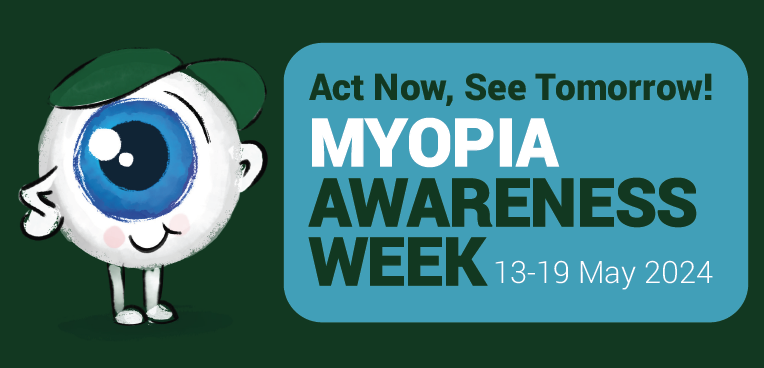Sydney, Australia, 10 March 2017: We live in a world filled with quantitative measurements. Are you travelling over 100 km per hour? Is your fever over 39 degrees? However, when it comes to ocular discomfort, how does your eye care practitioner quantify corneal sensation and determine if it is within or outside the normal range?
Ocular discomfort has primarily been attributed to contact lens wear, refractive surgery, meibomian gland dysfunction (see our study here on the causes of dry eyes) and aging. It is something that we all experience from time to time; however, it could be an early symptom of more serious ocular diseases, such as keratoconus, shingles or herpes.
Efforts to diagnose, treat and understand the underlying causes have been hindered by a lack of suitable methods to quantify ocular sensitivity. Traditional instruments are either inaccurate, difficult to use or not generally available.
Dr Klaus Ehrmann, Director of Technology, Brien Holden Vision Institute, and associates have developed a new instrument, based on the liquid jet concept, to measure ocular sensitivity, which can potentially enable practitioners to quickly measure discomfort and inform their diagnosis and treatment recommendations.
The instrument does this by propelling small droplets of sterile liquid through a micro-valve onto the surface of the eye. The sensitivity threshold is established by increasing the intensity of the stimulus until the patient reports a positive response. Mechanical, chemical and thermal stimulation is achieved by adjusting the properties of the liquid. The dedicated hardware and custom written software control all the operating parameters, including ejection pressure, precise position targeting, temperature and droplet size.
The instrument conveniently attaches to any slit lamp and is easy to use by unskilled operators. A complete measurement takes 2-3 minutes. With both the patient and the operator being masked to the applied stimuli, more reliable results can be achieved. This new method of corneal stimulation opens a wide range of new applications, ranging from detecting abnormalities in corneal sensation to diagnosing corneal diseases and monitoring the effectiveness of treatment options.
Looking beyond the eye, there are further opportunities to explore new research in neurological science, signal processing and cognitive psychology, all facilitated by the unique feature of precise temporal and position control of the stimulus.


